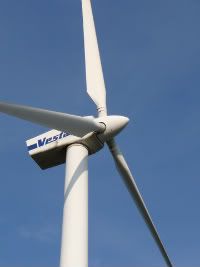Solar Goes Mainstream
Renewable Energy World’s Steve Leone published an article today on solar and its attempts to go mainstream, in which he mentions a great number of developments that will ultimately make solar far more appealing to consumers than it is currently. Some of these notions include transparent PV on windows, as well as PV roof shingles and other forms of building-integrated solar.
It was good to see he noted the role of electric transportation in the equation. I.e., there is clearly a growing number of people who want to control the source of electricity that charges their cars – and what better way to do that than to install that source on their roofs?
If we still have a civilization here in 2050, we will have “gotten there.” The questions are how much damage we will have done, and who’s going to get rich in the process.


 At the conclusion of the last moonwalk that took place on this date in 1972, the astronauts unveiled a plaque, which read: “Here man completed his first explorations of the Moon, December 1972. May the spirit of peace in which we came be reflected in the lives of all mankind.”
At the conclusion of the last moonwalk that took place on this date in 1972, the astronauts unveiled a plaque, which read: “Here man completed his first explorations of the Moon, December 1972. May the spirit of peace in which we came be reflected in the lives of all mankind.”



